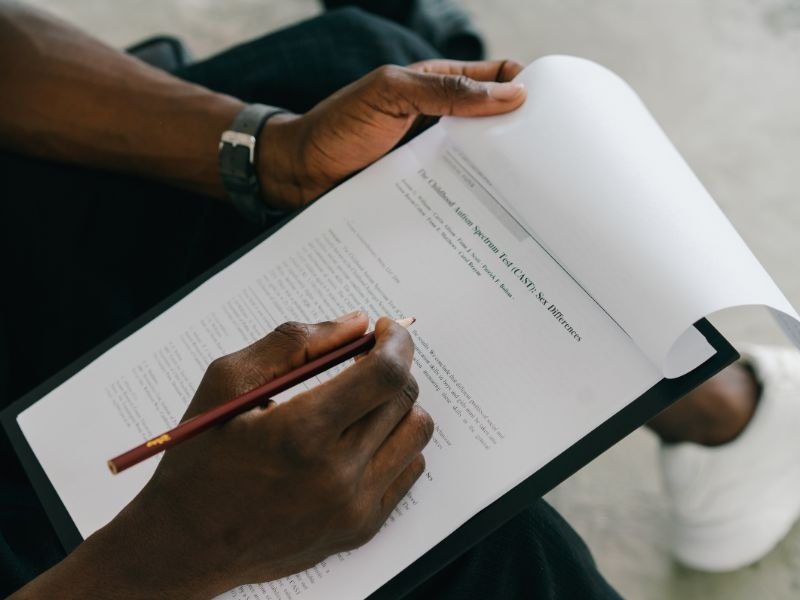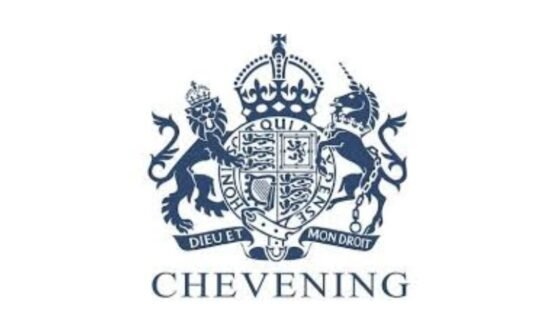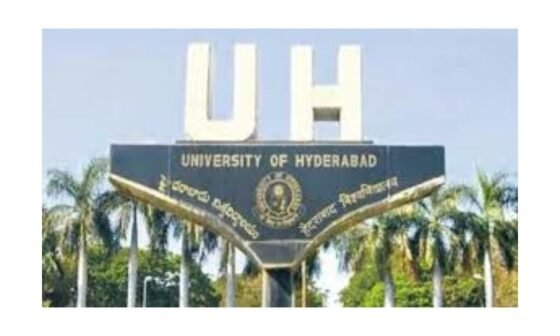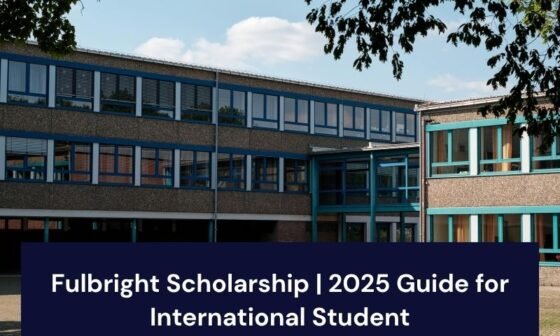Applying to medical school is one of the most rigorous and emotionally charged experiences for aspiring doctors. Between preparing for the MCAT, writing compelling personal statements, and managing letters of recommendation, the process is already intense. But there’s another major consideration that can’t be ignored—the cost.
One of the first financial hurdles in the application journey is the med school application fee. While it might seem like a straightforward expense, the reality is more layered. There are primary fees, secondary fees, and miscellaneous costs that can quickly add up to thousands of dollars. Understanding these expenses ahead of time can help you plan better and avoid financial stress during this crucial phase.
How Much Is A Med School Application Fee
Let’s break it all down.
Primary Application Fees
The primary application is the first formal submission you send to med schools. It’s typically done through one of three centralized services:
-
AMCAS: American Medical College Application Service – for most U.S. allopathic (MD) medical schools.
-
AACOMAS: American Association of Colleges of Osteopathic Medicine Application Service – for osteopathic (DO) programs.
-
TMDSAS: Texas Medical and Dental Schools Application Service – used for most public medical schools in Texas.

These platforms allow you to apply to multiple schools with one standardized application, including coursework history, MCAT scores, experiences, and personal statements.
Fee Structures by Service
Each application service has its own fee model:
-
AMCAS charges a base fee of $175 for the first school and $45 for each additional school.
-
AACOMAS has a slightly higher base fee of around $196, and charges approximately $50 for every additional program.
-
TMDSAS differs in that it charges a flat fee of around $215, regardless of how many schools you apply to within their system.
These fees are non-refundable and paid up front, so careful planning is key to avoiding unnecessary expenses.
Current Fee Estimates (2024–2025 cycle)
For the 2024–2025 application cycle, here are the latest published fees:
| Application Service | Base Fee | Cost per Additional School |
|---|---|---|
| AMCAS | $175 | $45 |
| AACOMAS | $196 | $50 |
| TMDSAS | ~$215 | N/A (flat rate) |
Assuming you apply to 15 schools through AMCAS, you’re already looking at $175 + (14 × $45) = $805 just for the primary application. This doesn’t yet include secondary fees or any of the extra costs we’ll get into next.
Secondary Application Fees
After submitting your primary application, most schools will request a secondary application. These are school-specific applications that often ask for more essays or short responses to gauge your fit with their program.
Secondary applications are not optional. In most cases, if you receive one, it means your application has passed an initial screen—and now you’re in the running for an interview.
Typical Costs
Secondary application fees vary by institution but typically range from $50 to $150 per school. On average, applicants spend anywhere from $800 to $2,000 on secondary applications alone, depending on how many schools they apply to.
Here’s a breakdown to illustrate:
-
Applying to 15 schools
-
Secondary average fee = $85
-
Total estimated secondary costs = 15 × $85 = $1,275
It’s worth noting that some schools automatically send secondaries to all applicants, while others screen based on GPA, MCAT, or other metrics. This means you could be paying even if your chances are slim—so research and strategy matter.
Budgeting Tips for Secondary Fees
-
Pre-write common essay responses: Many secondaries ask similar questions (e.g., “Why our school?”, diversity essays). Having templates ready can save time and money.
-
Prioritize responses: Focus on schools where you have a stronger chance or specific interest.
-
Track deadlines and fees in a spreadsheet to stay organized and avoid missing payments.
Additional Fees and Costs
Beyond the primary and secondary fees, there are other essential costs that often catch applicants off guard.
MCAT Exam Fee
As of the recent testing cycle, the standard registration fee for the MCAT is $335 in the U.S. This doesn’t include test prep materials, which can range from free resources to $2,000+ for commercial prep courses like Kaplan or Princeton Review.
Additional MCAT-related costs include:
-
Late registration fees
-
Rescheduling fees
-
Transportation/lodging, if you’re testing in a different city
CASPer and the Altus Suite
Some schools require additional tools for admissions, such as the CASPer test, part of the Altus Suite. This situational judgment test evaluates interpersonal skills and decision-making.
-
CASPer cost: around $85 for one program, plus $16 per additional school
-
Other components of the Altus Suite may include Snapshot (a video interview) and Duet (a values alignment assessment), which are sometimes bundled together
Transcript Fees and Letter Services
Sending official transcripts typically costs between $5 to $15 per school, depending on your institution. Additionally, you might use a document management service like Interfolio for letters of recommendation, which charges around $48 annually.
Interview Travel Costs (if in-person)
Although many interviews are now virtual, some schools still prefer in-person interviews or offer hybrid options. If you’re invited to multiple schools across the country, travel expenses can skyrocket:
-
Flights: $100–$500+ per trip
-
Hotels: $100–$200/night
-
Meals and transport: Add $50–$100 per day
Pro tip: If you’re applying in a largely virtual cycle, this is an area where you can cut down costs significantly.
Fee Assistance Programs
Medical school applications can be a serious financial burden—but there are resources to help. Several application services offer fee assistance programs (FAPs) that can dramatically reduce your costs if you qualify based on income and family size.
AMCAS Fee Assistance Program
The AAMC Fee Assistance Program is available to U.S. citizens, permanent residents, and DACA recipients. This program offers significant benefits:
-
Free MCAT Official Prep products (valued at over $268)
-
Reduced MCAT registration fee: $135 instead of $335
-
Waived AMCAS fees for up to 20 medical schools
-
Free MSAR access, the Medical School Admission Requirements database (normally $28/year)
Applicants must apply before submitting their AMCAS application, and approval takes about 3–4 weeks. The AAMC uses the federal poverty level guidelines to determine eligibility.
AACOMAS and TMDSAS Assistance Options
The AACOMAS fee waiver program provides waivers for the initial application fee to up to one osteopathic school. Additional schools still require payment. Waivers are limited and awarded on a first-come, first-served basis, so it’s important to apply early.
TMDSAS also offers some financial assistance for qualifying applicants. While it doesn’t match the breadth of the AMCAS program, it can still help lower barriers to applying to Texas medical schools.
How to Apply for Fee Waivers
-
Review eligibility guidelines on each application service’s website
-
Prepare documentation, such as recent tax returns or proof of income
-
Submit early—funds are often limited and awarded on a rolling basis
If you’re unsure about qualifying, it’s still worth applying. A denied application costs nothing, but an approved waiver could save you thousands.
Total Cost Estimate
Let’s put all the costs together and look at what a typical med school applicant might expect to pay.
Example: Applying to 15 Schools via AMCAS
| Category | Estimated Cost |
|---|---|
| AMCAS Primary Fee | $175 |
| AMCAS Additional Schools | $630 (14 × $45) |
| Secondary Applications | $1,275 (15 × $85) |
| MCAT Exam | $335 |
| MCAT Prep (mid-range) | $500–$1000 |
| CASPer (5 schools) | $165 |
| Transcript Fees | $75 |
| Letter Service (Interfolio) | $48 |
| Interview Travel (1–3 trips) | $300–$1000 |
| Total Estimate | $3,500–$5,700+ |
Now multiply that by thousands of applicants each year, and it’s easy to see why financial planning is vital in this process. Some applicants, especially reapplicants or those applying to 25+ schools, may spend even more.
Tips to Minimize Costs
While you can’t eliminate every fee, there are strategic ways to cut your application expenses.
Apply Strategically
Don’t apply to 40 schools just because you think it’ll increase your odds. A targeted list of 15–20 well-researched programs can be more effective. Use the MSAR and school websites to understand GPA and MCAT averages, mission statements, and curriculum types.
Focus on schools where:
-
Your stats are competitive
-
You’re aligned with the mission
-
There’s a good geographic or personal fit
Reuse Essay Content
Many secondary prompts are variations on the same themes: diversity, adversity, “Why this school?”, and your most meaningful experiences. Creating modular essay templates allows you to save time and avoid starting from scratch each time.
Just make sure you customize each one. Admissions officers can tell when you’re copy-pasting generic content.
Take Advantage of Virtual Interviews
The pandemic normalized virtual interviews, and many schools continue to use them exclusively or as an option. This can cut hundreds of dollars in travel costs and allow you to schedule interviews more efficiently.
Pro tip: Invest in a professional-looking virtual interview setup. Good lighting and clear audio go a long way.
Use Free and Low-Cost Resources
-
Free MCAT prep: Khan Academy’s MCAT collection
-
Reddit and Student Doctor Network for application advice
-
School-specific premed advising offices
-
Fee waivers wherever possible
Conclusion
The cost of applying to medical school can feel overwhelming—but it’s also manageable with the right information and planning. From primary application fees through secondary applications, CASPer, MCAT costs, and even travel, you might spend between $2,000 to $5,000+ over the course of a single application cycle.
By understanding each component, applying for financial aid programs like the AAMC FAP, and strategically selecting your schools, you can reduce expenses and stay focused on what really matters: getting into the medical school that’s the best fit for your goals.
The journey to becoming a doctor starts long before med school. It begins with choices—financial, academic, and personal. Make yours informed, strategic, and intentional.
Good luck on your application journey!







